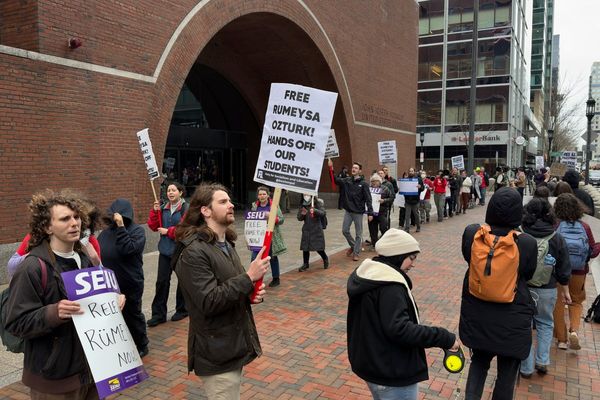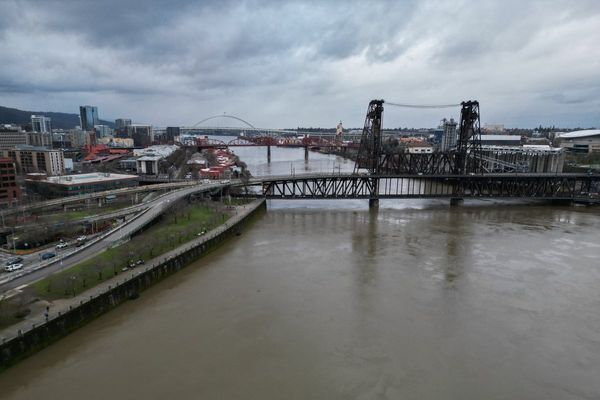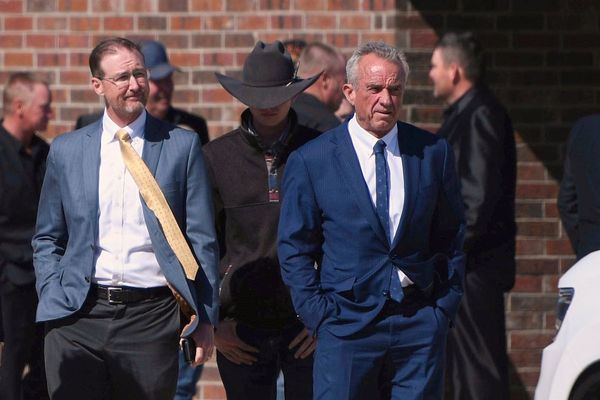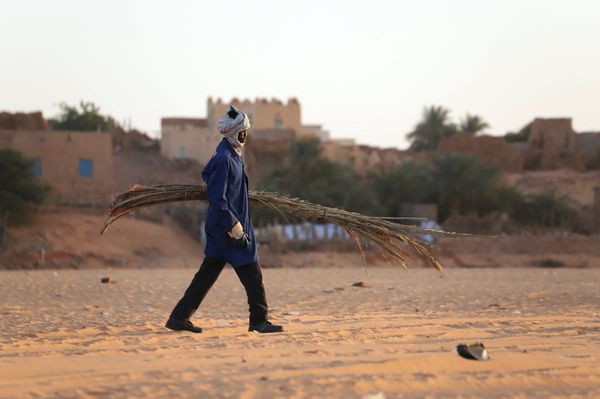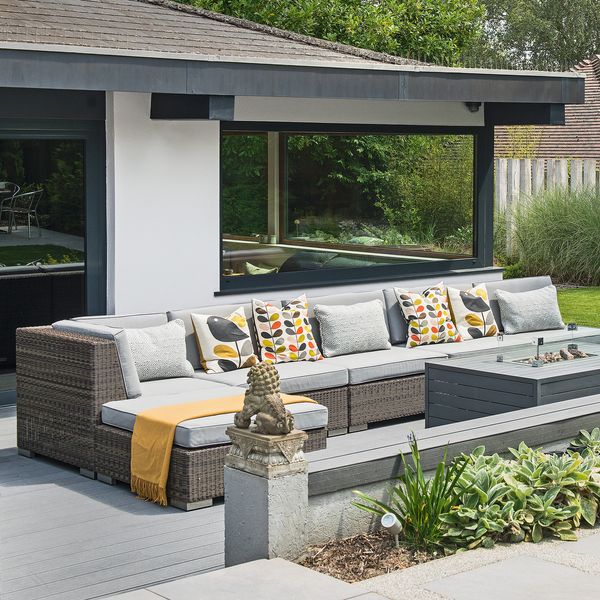
Billy Dasein was born on Rutland Street, Grimsby, in the front room of the house where he still lives. His father was a fitter, and his mother a housewife who also worked in the Tickler’s jam factory. He left school at 16 and wound up working at Courtauld’s synthetic textiles factory.
Rows of terrace houses, constructed for workers in the booming fish industry, are set out in a grid structure by the docks. Life was similar on all these streets: doors left unlocked, kids out playing. Everyone knew everyone.
Yet, fishing dried up in the 1970s and Dasein says people’s lives have been in decline ever since. East Marsh – the Grimsby suburb where Rutland Street lies – is one of the UK’s “tree deserts”, with less than 3% tree coverage. Farnham, in “leafy” Surrey – home to some of the UK’s wealthiest neighbourhoods – has 45%.
“When I was about five I wanted trees on Rutland Street,” says Dasein. “It was always bloody grey and bleak, there was a harshness to it.”
Low tree cover is linked with other forms of deprivation. East Marsh is the 25th most deprived ward out of the 32,844 in England, according to the Index of Multiple Deprivation. More than two-thirds of people on the street live with at least one form of deprivation, related to either employment, education, health or overcrowding.
Dasein realised things had transformed on Rutland Street when he came back to look after his dad in 2013 having left Grimsby 15 years earlier, putting himself through university and earning a PhD. The place had “drastically changed,” he says: people were dealing drugs in the street and everyone he knew had “buggered off”. In the early 2000s, the council sold off the housing stock. Absentee landlords are now “tearing the guts out of our community,” he says. There are more than 300 empty homes in East Marsh, half of which have been empty for at least two years, according to council data.
Dasein decided to create a community-benefit society called East Marsh United (Emu). High on its list were the trees. “They slow traffic, are associated with lower crime rates, increase desirability of an area, and foster community flourishing,” he says. “Trees are just better for our streets and communities.”
Over the past two years, he has worked with local people and charities to plant 30 trees in the local park, 96 trees in local schools, and thousands of saplings in woodland and hedgerows. “No one else is going to do it,” he says, “so we might as well crack on.”
***
In the morning, a cold sea fog comes barrelling in off the North Sea. On Rutland Street some houses are boarded up and cracked paving slabs are strewn around. “It’s very Dickensian in a lot of these houses,” Dasein says.
Terry Evans, who lives on Rutland Street, says many of the houses here are at the mercy of bitter cold in winter and brutal heat in summer. Evans used to live in a house “with every inch covered in black mould” that made his daughter sick. Once, he says, his wife leant on a wall and her hand went through it. During hot summers, the houses heat up in the sun. “You can put your hand on our windowsill on the inside and it will burn your hand it’s that hot. A bit of shade would be good.”
Evans says having trees on the street would be “absolutely brilliant”, and could slow the cars down, making the street safer. “It’s going to look better to the people coming into the road – you walk down it and it’s dull at the moment, there is nothing to give it any colour, which is a massive shame”.
Trees are a crucial part of urban wellbeing. People living in areas with fewer trees have a higher risk of health problems from poor air quality, according to Tree Equity research from the Woodland Trust. On average, richer neighbourhoods have more than double the tree cover per person than poorer ones. Neighbourhoods with the most trees have 330% less air pollution and are 4C cooler during a heatwave than neighbourhoods where tree canopy is the lowest, according to the Woodland Trust research. Modelling by the Barcelona Institute for Global Health found doubling tree cover could cut heat-related deaths in European cities by nearly 40%.
***
The government has listed East Marsh as a priority area for planting more trees owing to low tree cover, but some people have said trees would not last in the neighbourhood. In February 2023, Emu organised a planting day to get 36 trees into Grant Thorold Park at the end of Rutland Street, including maples, sweet chestnut and elm. Hundreds of volunteers turned up. “Every single tree is still here,” says Dasein.
“Someone cycled past us, and said why are you bothering, they’ll be ripped out tomorrow,” remembers Tom Noble from Create Streets, who is working with Emu. “The community proved they could do it in the park and that has won a lot of trust.”
Since then they have planted trees in seven schools and 4,500 young saplings in hedgerows with the help of schoolchildren.
“The difference is incredible when you’re around trees,” says Carolyn Doyley, who is a community outreach leader at Emu and works with schools. “Some kids were naming trees. They know we need more trees and they understand the symbiotic relationship. In hot weather they’re vital – you can feel the tension in the air as the heat rises.”
Yet, planting trees is surprisingly expensive. The government’s Urban Tree Challenge Fund provides up to £270 a tree, but the rest must be found from other sources. Planting in a park costs about £400 a tree, but planting in the street costs significantly more, as it means digging up concrete: 30 trees on Rutland Street would cost about £120,000 in total, says Noble. They still need to find about £100,000 to make this happen.
In the next year or so, however, Dasein hopes to finally get the 30 trees he wanted on his street. “For me, if this happens and we see a sweep of trees down here, I will simply think: we’ve really done something,” he says. “Our community deserves beauty – arts, culture, the best that civilisation offers – and most of all, nature.”
Find more age of extinction coverage here, and follow the biodiversity reporters Phoebe Weston and Patrick Greenfield in the Guardian app for more nature coverage
